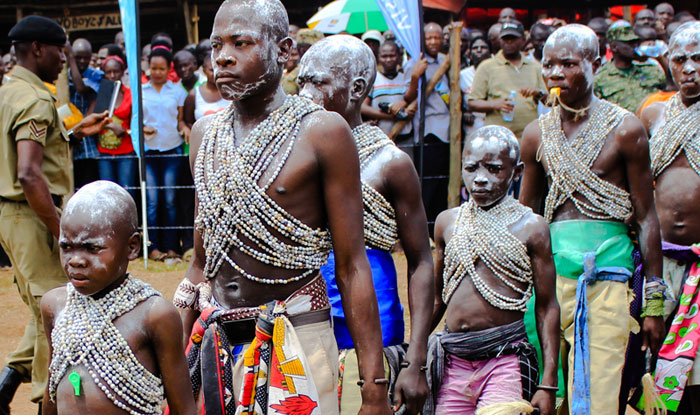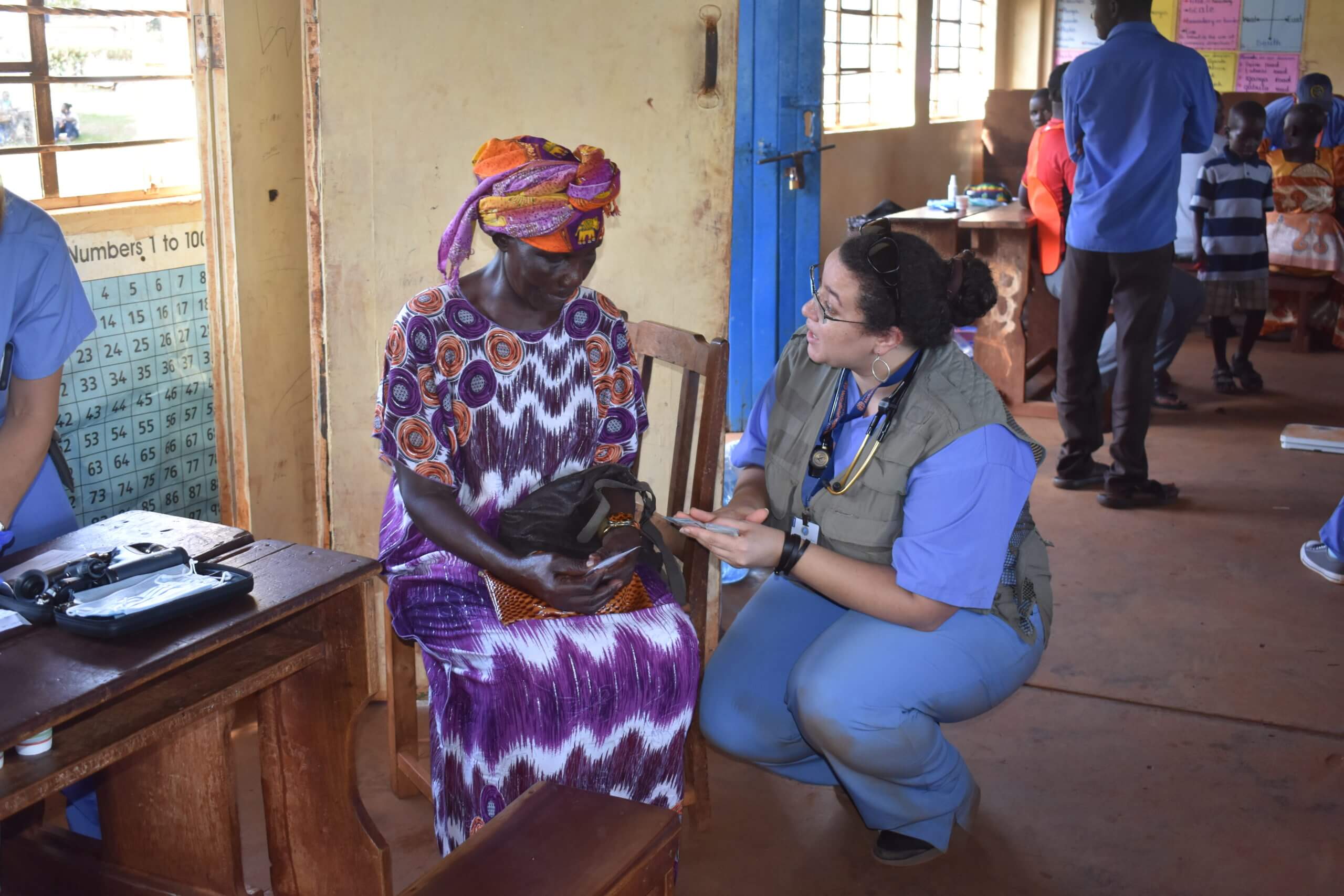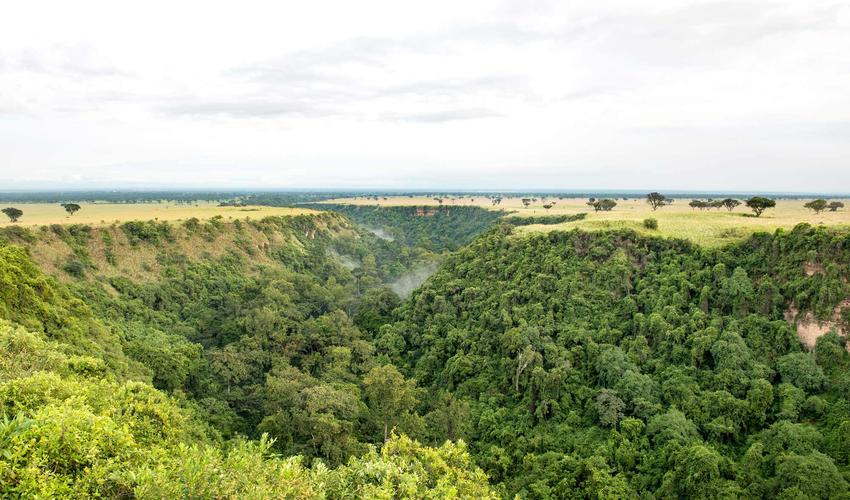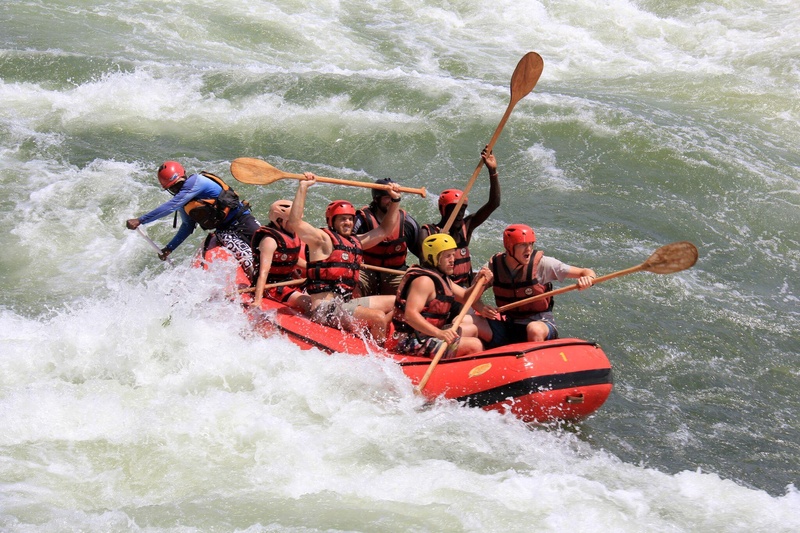The leopard is one of the ten largest big cat species and hard to observe due to its nocturnal, solitary behavior and well-camouflaged coat. Leopards are graceful and powerful big cats closely related to lions, tigers, and jaguars. They mostly can be found in sub-Saharan Africa, northeast Africa, Central Asia, India, and China. However, many of their populations are endangered, especially outside of Africa according to IUCN.
The leopard’s survival is majorly attributed to their adaptability to warm and cold climates and ability to climb trees while carrying heavy prey, this keeps them safe from other predators such as lions and hyenas. They can run at incredible speeds of up to 58 km (36 miles) per hour, and hunt antelopes and monkeys as well as fish, birds, insects and reptiles.

Attributes:
COMMON NAME: Leopard
SCIENTIFIC NAME: Panthera pardus
TYPE: Mammals
DIET: Carnivores
SIZE: Head and body, 4.25 to 6.25 ft; tail, 3.5 to 4.5 ft
WEIGHT: 66 to 176 lbs
IUCN RED LIST STATUS: Vulnerable
CURRENT POPULATION TREND: Decreasing
Hunting Skills
The leopard is so strong and comfortable in trees that it often hauls its kills into the branches. By dragging the bodies of large animals aloft it hopes to keep them safe from scavengers such as hyenas. Leopards can also hunt from trees, where their spotted coats allow them to blend with the leaves until they spring with a deadly pounce. These nocturnal predators also stalk antelope, deer, and pigs by stealthy movements in the tall grass. When human settlements are present, leopards often attack dogs and, occasionally, people.
Leopards are strong swimmers and very much at home in the water, where they sometimes eat fish or crabs.
Leopard Spots
Most leopards are light colored with distinctive dark spots that are called rosettes, because they resemble the shape of a rose. Black leopards, which appear to be almost solid in colour because their spots are hard to distinguish, are commonly called black panthers.
Breeding
Female leopards can give birth at any time of the year. They usually have two greyish cubs with barely visible spots. The mother hides her cubs and moves them from one safe location to the next until they are old enough to begin playing and learning to hunt. Cubs live with their mothers for about two years—otherwise, leopards are solitary animals.
In Uganda, Leopards can be best viewed in
- Kidepo Valley National Park – an amazing yet little known amazing park in North Eastern Uganda.
- Murchison Falls National Park – arguably Uganda’s top Safari Destination
- Queen Elizabeth National Park – including the Ishasha sector of the park
- Lake Mburo National Park – Uganda’s smallest and closest National Park to Kampala
- Semliki National Park and Wildlife Reserve– Down the incredible escarpment of the Western Rift Valley
For any traveler planning for a Wildlife Safari in Uganda, contact our reservation team for any inquiries. We pledge to prepare and guide you on a life changing wildlife safari in any of Uganda’s incredibly endowed Nationals parks. To book a safari or inquire, simply send us an email to info@raksafaris.com or call us now on +256-782 061184 to speak with our reservations team.





